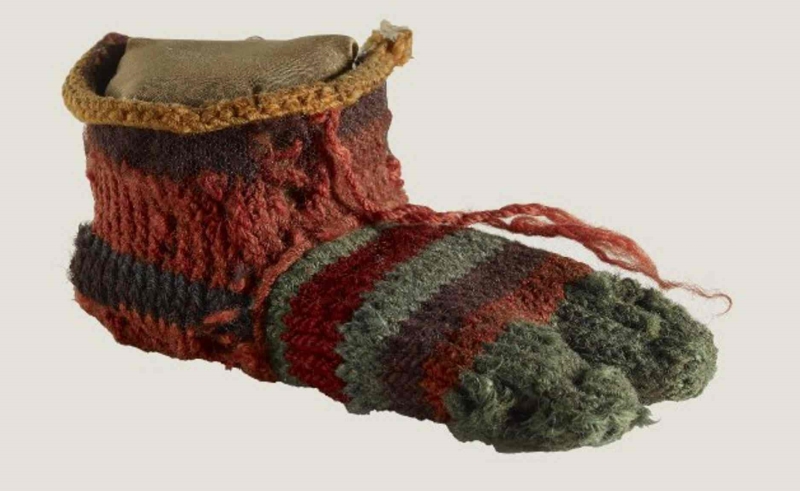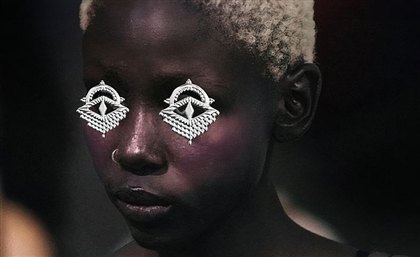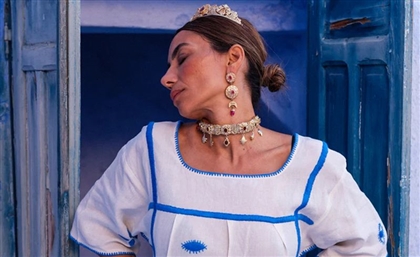The Mystery of Ancient Egyptian Socks Explained
These socks reveal what Ancient Egyptians knew about dyes and knitting.

The Ancient Egyptians are notorious for being ahead of their time. Believe it or not, their socks are no different. English scientist John Johnson was the first to find these socks around 1913, but scientists of the time had no explanation for the methods used to create them.
A recent British study conducted on the socks was able to determine how the socks were made and what dyes were used to give them their colourful appearance. The study revealed that they used seven different colour variations of wool yarn, woven to form a striped pattern. Three plant-based dyes of different colours were used, including yellow flowers and red leaves.
By mixing different dyes, they were able to create new colour variations such as green or purple. The study was also able to deduce that fibres of different colours were woven together to form new shades and that some fibres underwent multiple dye baths.
To separate the sock into two sections at the front, they used a method known as nalbinding or knotless knitting, which uses a mono needle. The study concludes that Egypt was undergoing a multitude of events in trade and economy at the time these socks were created. This is reflected in the artistic design of the garment, as its style strongly differs from typical Ancient Egyptian art and design.
Do you think these socks will ever make a comeback? Let us know in the comments below.
Trending This Week
-
Apr 23, 2024
























